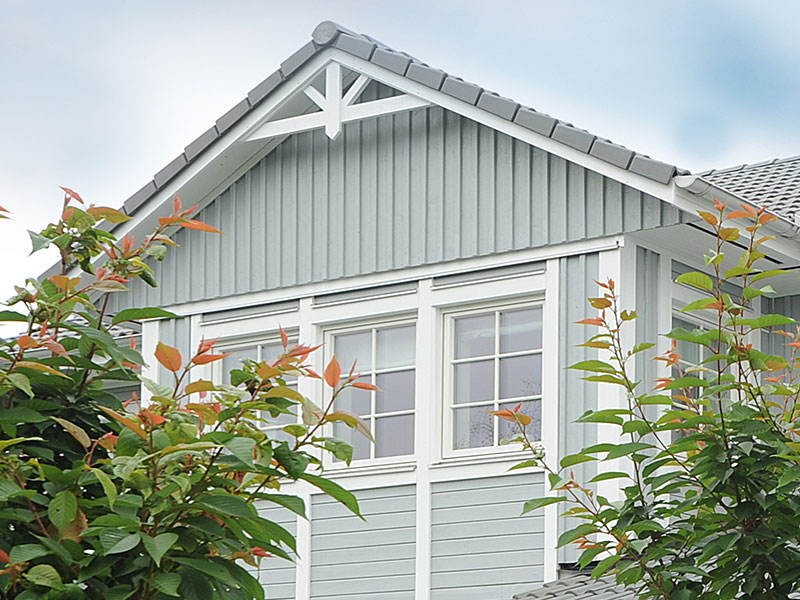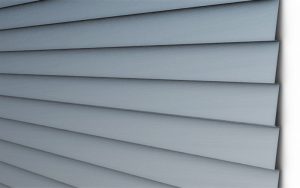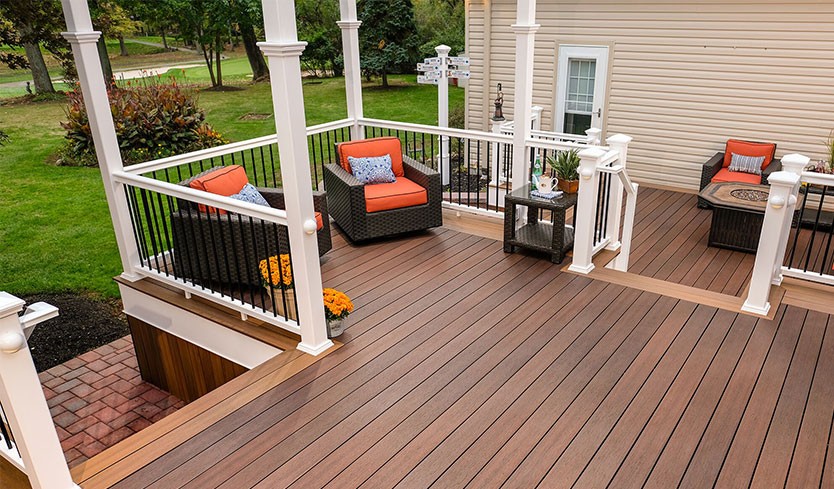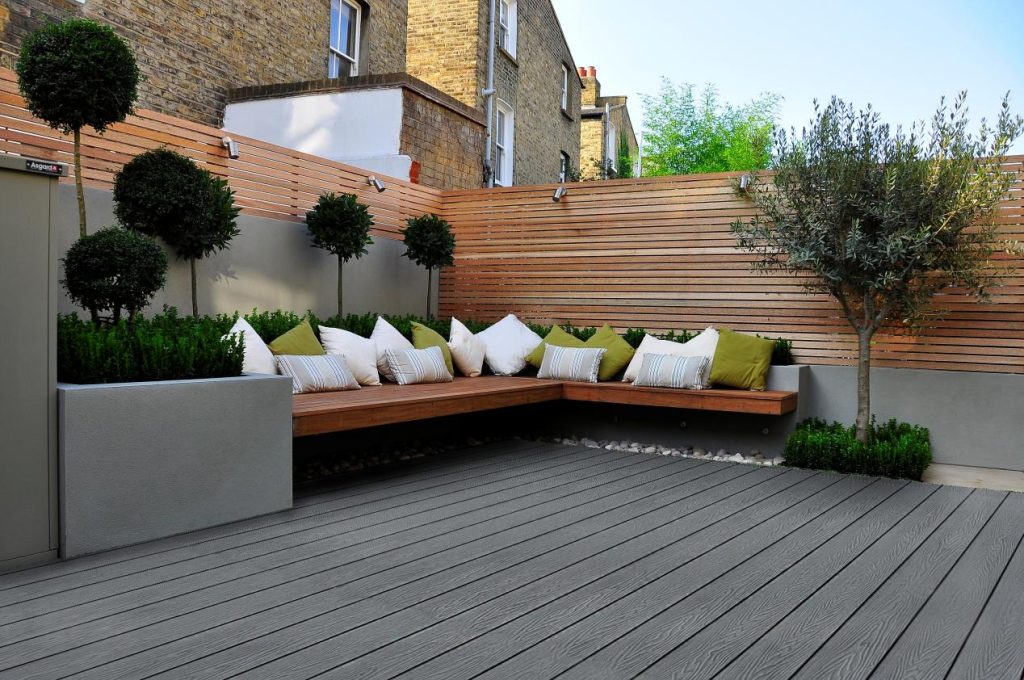Weatherboard cladding, also known as featheredge cladding, has a long tradition in building and architecture, particularly in areas with high exposure to the elements. Originally made from timber, weatherboard cladding consists of tapered boards that are layered over each other, with the thick end covering the narrow end of the board below it. This overlapping technique provides extra protection against rain and wind, as there are two layers of cladding at certain points on the wall. Typically, weatherboard cladding is installed horizontally, creating a traditional aesthetic that has been popular in both residential and commercial buildings for centuries.
Table of Contents
Key Features of Traditional Weatherboard Cladding
- Material: Traditionally made from wood, often from softwoods such as cedar or pine. Some modern versions may use engineered timber or other materials.
- Aesthetic: Offers a natural, rustic look with visible grain and texture. Timber weatherboards naturally weather over time, often giving a worn, charming appearance.
- Maintenance: Timber weatherboard requires regular maintenance, including painting or staining, to protect against rot, moisture, and insect damage. It may also require frequent repairs or replacement over time.
- Durability: While timber weatherboards can be durable when maintained properly, they are still prone to issues such as rot, warping, and splitting due to weather exposure.
- Thermal Insulation: Wood is a natural insulator, which can provide some energy efficiency, but additional insulation may be required in colder climates.
Modern Alternatives: Weatherboard and Shiplap Cladding
Today, weatherboard cladding and its close relative, shiplap cladding, are available in a wide variety of colors and profiles. These modern versions are often made from materials other than wood, such as vinyl, fiber cement, or composite materials. These new materials are designed to mimic the look and feel of traditional wood, often with an embossed finish to replicate wood grain, but they offer significantly improved durability and reduced maintenance needs.
- Material: Modern weatherboard cladding can be made from vinyl, fiber cement, or wood-plastic composites. These materials are more resistant to the elements compared to traditional timber.
- Maintenance: The modern versions are low-maintenance, usually requiring only occasional cleaning. Unlike timber, they do not need to be regularly painted or stained.
- Durability: These alternatives are far more durable, resistant to rot, termites, and weathering, and can last for decades with minimal care.

WPC Cladding: An Innovative Alternative
WPC (Wood-Plastic Composite) cladding has emerged as a popular alternative to traditional weatherboard and timber cladding due to its superior performance in harsh weather conditions, environmental sustainability, and ease of maintenance.
Key Features of WPC Cladding:
- Material Composition: WPC cladding is made from a combination of recycled wood fibers and thermoplastics, creating a durable, long-lasting material that offers the natural look of wood without the drawbacks of real timber.
- Durability: WPC cladding is resistant to weathering, rot, insects, and UV rays. It does not warp, crack, or split, even in extreme weather conditions, making it a more durable option than traditional timber weatherboard.
- Aesthetic: With advanced technology, WPC cladding can replicate the natural grain and texture of wood. It is available in various colors, finishes, and profiles to match the style of any building.
- Environmental Impact: As it uses recycled materials, WPC cladding is a more sustainable option compared to timber, which requires cutting down trees. The production of WPC cladding also generates less waste and fewer emissions than the manufacture of traditional wood cladding.
- Maintenance: One of the biggest advantages of WPC cladding is its low maintenance requirements. It does not require painting, staining, or sealing. Cleaning with water and mild detergent is usually sufficient to keep it looking new for many years.
- Cost: While the initial cost of WPC cladding may be higher than traditional timber cladding, its long lifespan and low maintenance costs make it a more cost-effective solution in the long run.

Installation Process Comparison:
Weatherboard Cladding Installation:
- Wall Preparation: The wall surface must be cleaned, and battens or furring strips are often installed to create a ventilated cavity.
- Board Placement: Each board is nailed or screwed into place, with the thick end of one board overlapping the narrow end of the board below it.
- Finishing: After installation, the boards are painted or stained to protect against weathering. Ongoing maintenance is required.
WPC Cladding Installation:
Surface Preparation: Similar to weatherboard, the wall must be prepared, often with battens or a frame system. Cladding Installation: WPC boards are installed either horizontally or vertically, using hidden fasteners or clips for a clean finish. Finishing: No painting or staining is required, as the material is pre-finished and designed to withstand the elements without additional protection.

While traditional weatherboard cladding offers a classic, natural aesthetic, it requires regular maintenance and is prone to deterioration over time. In contrast, WPC cladding offers a modern solution that combines the beauty of wood with superior durability, ease of maintenance, and sustainability. For homeowners or builders seeking a long-lasting, eco-friendly, and cost-effective alternative, WPC cladding presents an excellent choice. HOSUNG, a leader in the WPC industry, offers a wide range of high-quality WPC products, including decking, wall cladding, fencing, and more. Their advanced manufacturing processes ensure that each product is made with precision and durability in mind. By combining wood fibers and recycled plastic, HOSUNG provides sustainable and innovative solutions that meet modern design needs without sacrificing environmental responsibility. With HOSUNG‘s WPC cladding, you can enjoy the look of wood with the long-lasting benefits of composite materials, making it the ideal choice for both residential and commercial projects.








